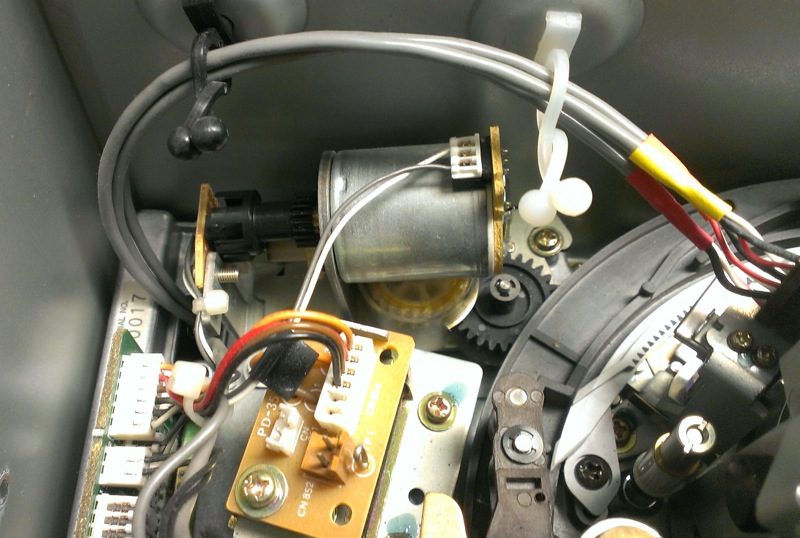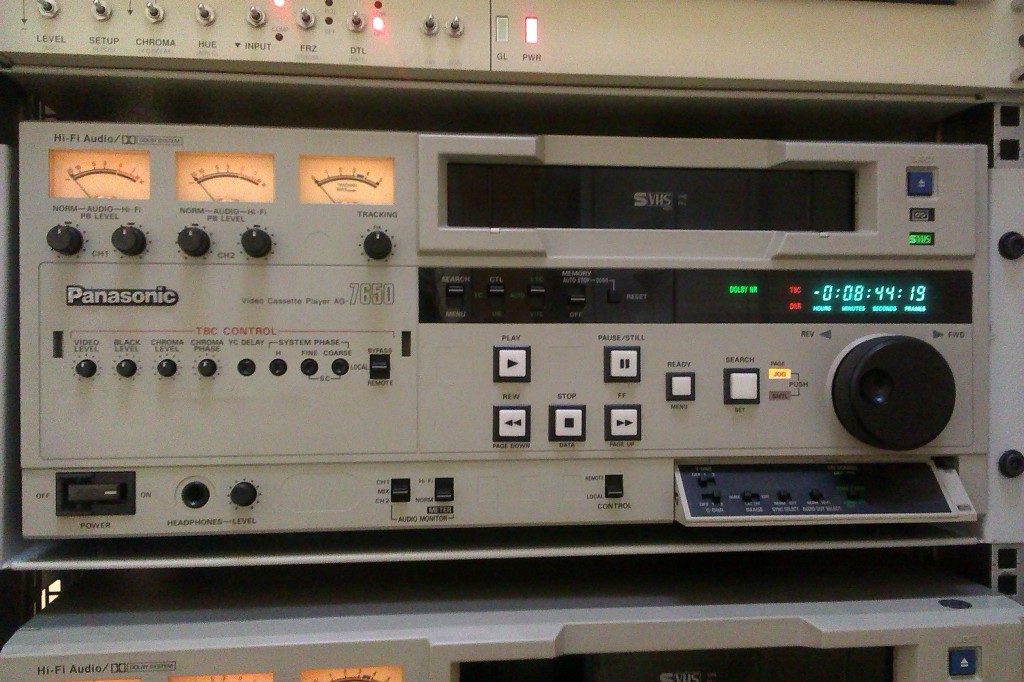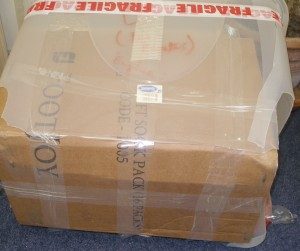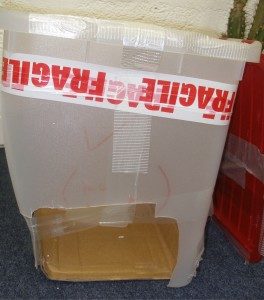Even relatively recent born-digital formats like Digital Betacam (or DigiBeta, as it’s often referred to) should be viewed as a potentially obsolete format. This Standard Definition (SD) format while very popular for many years is not the preferred delivery format now the industry has embraced High Definition (HD).
When serviced these machines are very reliable and would be worked hard in a production environment. Designed to be serviced with little expense spared these were some of Sony’s most expensive decks and even if second hand values of machines have dropped recently, new spares have not. As with most video formats though as they become less popular the spares availability will become a problem as parts inventory dry up. One day and it may not be that far away a popular format like DigiBeta will become a threatened, obsolete format.

Digital Betacam recorders were introduced in 1993, superseding the Betacam and Betacam SP, while costing significantly less, and being dramatically smaller than (!), the D-1.
We are particularly pleased with this machine because there are relatively low hours on its original head drum (1000 hours). The average headlife for this format is up to three times that or more, depending on the environment it was used in.
If the machine was used in a heavy production environment, for example, it would be constantly drawing in air to cool the electronics and, potentially, large amounts of dust and debris with it. This is one of the factors affecting head life.
Part of the service kit installed on the DigiBeta is designed to counter such damage because it allows you to replace the filters around the head drum area should they become clogged.

The big problem, as with so many of these machines, is acquiring relevant parts to ensure they can be serviced when they break down. Spare parts for DigiBeta machines can be expensive, costing several thousand pounds for a replacement head drum.
This machine has needed some work recently to keep it running smoothly. The loading gear had split which meant it couldn’t load tapes and gave reel motor errors. These were fixed easily by replacing the broken parts. After these repairs were completed the picture was still however displaying errors. This was because the bearing on the pinch roller was worn resulting in too much movement in the tape path. With the problem diagnosed a new pinch roller was installed and our new machine is working beautifully!
So send us your DigiBeta tapes!





